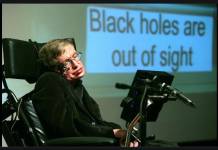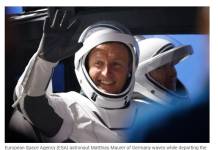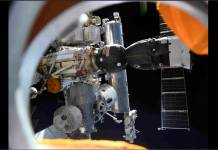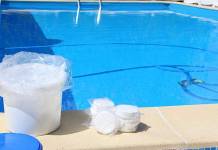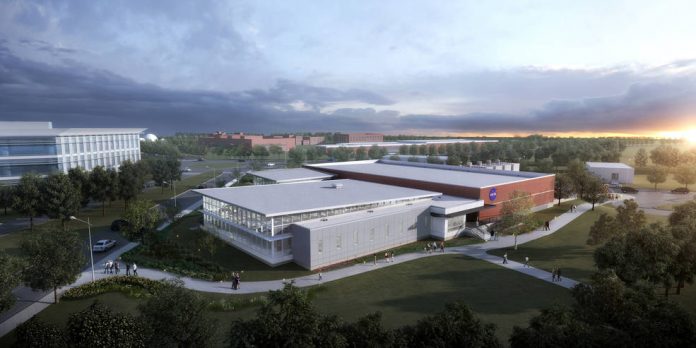
On Friday, NASA honored Katherine Johnson’s contributions to space exploration with the inauguration of a new building in her name at the Langley Research Center in Hampton, West Virginia. Her feats as a mathematician for the space agency were the subject of the film Hidden Figures last year.
In her prime, the 99-year-old was a math prodigy and one of the pioneers of racial inclusion in science. Her work at NASA is regarded as invaluable and, at the time, it was considered more solid than the calculations made by the first IBM computers installed to automate these tasks.
The new facility bears her name and it will bolster the Administration’s efforts in different aspects of space research. Now more than ever does science need more minds, more workers, and more will to take us where we haven’t been before.
Katherine Johnson was born to break barriers
Born in 1918, Katherine Johnson showed promise from an early age. In an interview with NASA, she retold how she counted steps, tiles, and everything she could encounter in her daily life since she was a child in rural West Virginia.
As she exceeded the limitations of public education in her native White Sulphur Springs, she went on to attend high school at West Virginia State College when she was thirteen. She graduated from that very same college at age 19 with the highest honors and went on to become a teacher at black public schools.
Johnson pursued the graduate math program at West Virginia State in 1939, ut dropped after one semester to start a family. Some years later in 1952, she found through a relative of hers about a job opening at what at the time was NACA, the National Advisory Committee for Aeronautics, in Langley.
The summer of the following year she started at the Flight Research Division, and her work soon proved indispensable enough to turn a temporary position into a permanent one. Not only that, but her ability was recognized across the board for its exactitude and dedication.
Her most significant achievements were her work in trajectory calculation and research on Alan Shepard’s Freedom 7 flight and John Glenn’s Friendship 7 mission. The latter famously requested that Johnson corroborated the numbers issued by the computers that calculated its orbital flight around the world.
The Katherine G. Johnson Computational Research Facility at NASA’s Langley Research Center will harbor a team of scientists and engineers working on modeling, simulation, big data, analysis, and more. The 37,000-square-feet building cost $23 million and it is fully energy-efficient.
Source: NASA


